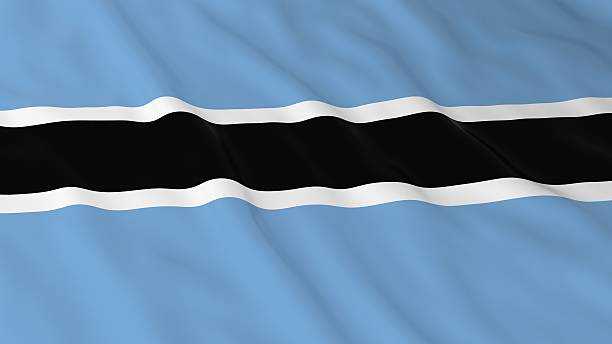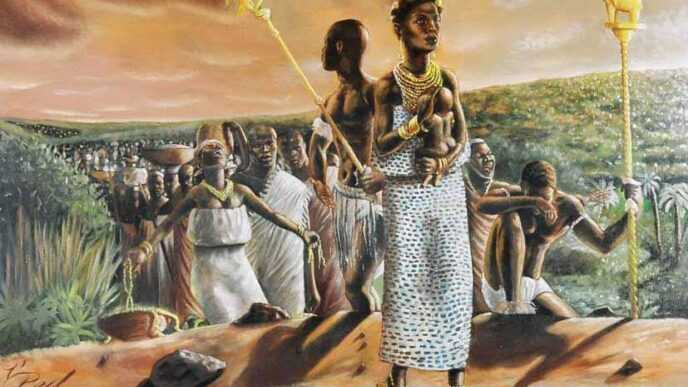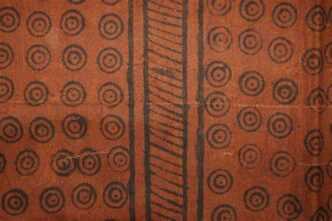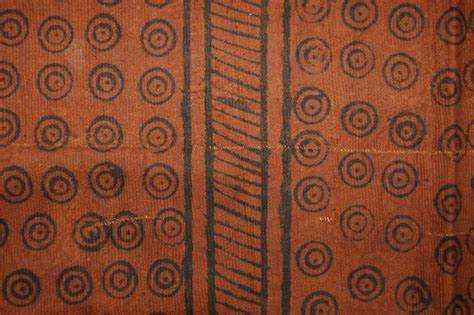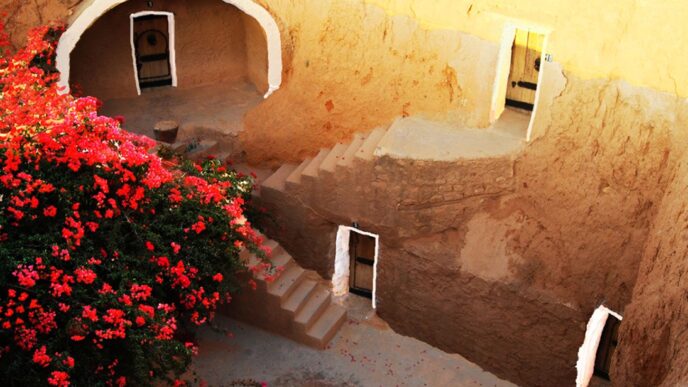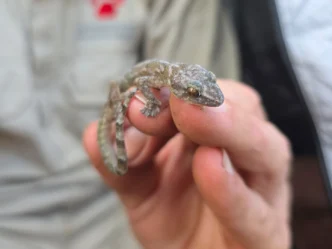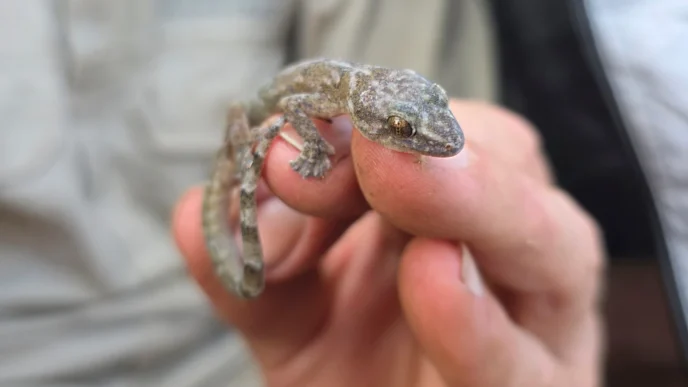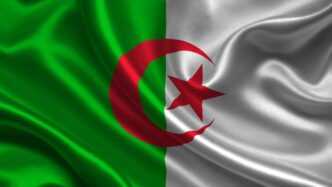Botswana, nestled in the Southern region of Africa, is a vibrant nation that is celebrated for its democratic stability and wildlife wonders, but Botswana offers much more than meets the eye. The nation’s treasure trove of fascinating stories, cultural depth, and groundbreaking progress. From rhythmic tribal dances to pioneering conservation efforts, this is a nation that continually inspires and surprises.
Today, we explore some fascinating facts about Botswana, a country that proudly embodies the spirit of modern Africa, rooted in timeless tradition.
KHOE AND SAN PEOPLE
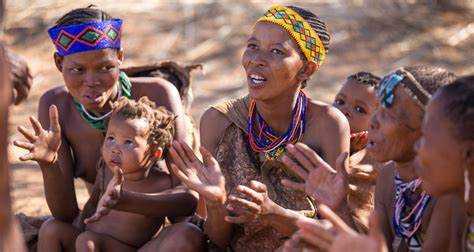
The Khoe and San speaking people have been inhabitants of Botswana for over 18,000 years consistently from around 17,000 BC to 1650 AD.
ANCESTRAL HOME OF HOMO SAPIENS

Recent studies based on DNA samples have proven that Homo Sapiens who are ancestors of modern day humans lived over 200,000 years ago in in an oasis south of the Zambezi river which is located in modern day Botswana.
LAND OF DIAMONDS
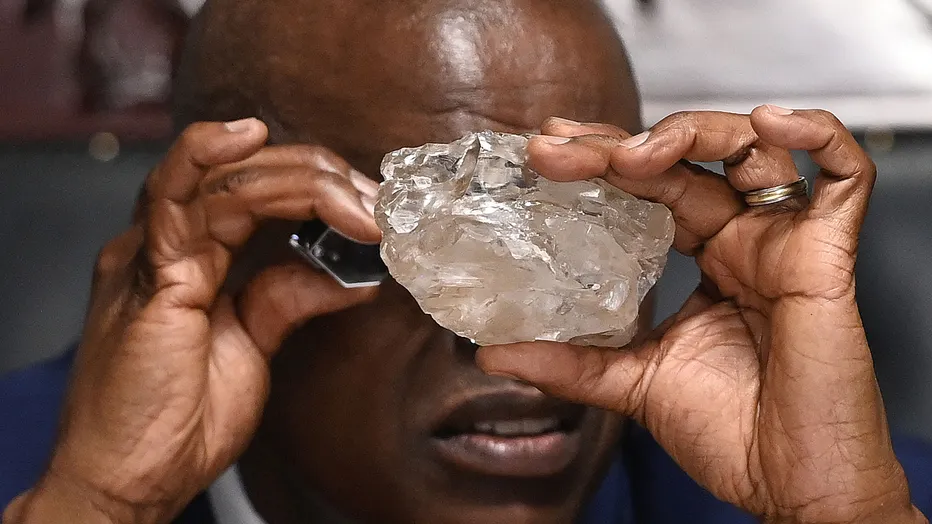
Botswana is Africa’s largest diamond producer and the second largest producer of diamonds in the world, second only to Russia. Most of the world’s diamonds originate from Botswana. Furthermore, the 1,758-carat Sewelo diamond, which is the second-largest rough diamond, was found in the Karowe mine in Botswana in 1905. Similar large diamonds have also been found in the same mine, some found within the same week.
LARGEST POPULATION OF ELEPHANTS

Botswana has the largest population of elephants in the world, numbering up to 130,000. A good number of the elephants are located in the Okavango Delta, which is UNESCO’s 1,000th world heritage site and plays a huge role in the survival of the elephant species.
WILDLIFE POPULATION

Botswana is home to a variety of wildlife with 160 to 500 mammal species, over 593 species of birds, 150 reptile species, and 8,000 species of insects, and more than 3,100 types of plants and trees. The big 5 game animals, namely lions, leopards, rhinoceroses, elephants, and buffalo, are also featured in Botswana’s wildlife scene.
SALT PANS
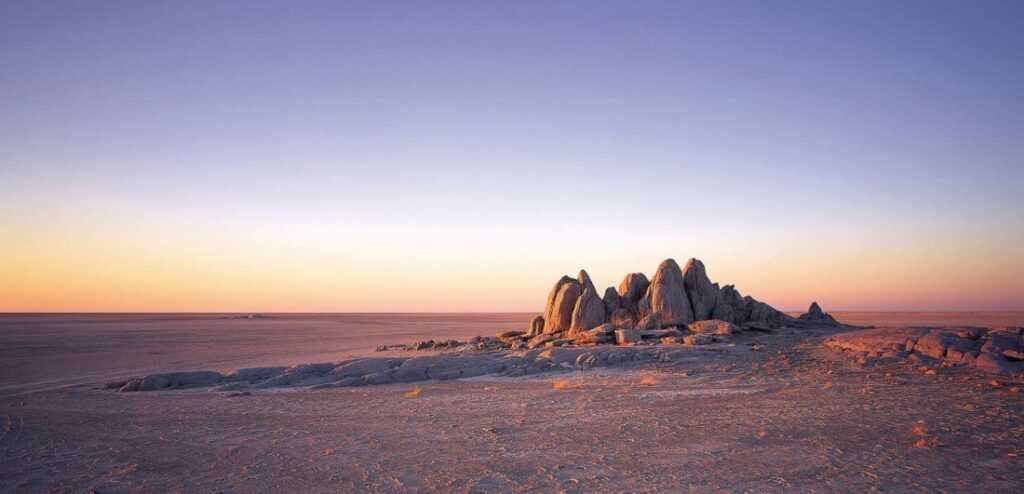
Botswana features the world’s largest salt pans, known as the Makgadikgadi pans cover over 30,000 km2. They make up a part of a larger Makgadikgadi landscape, which is on a tentative list of UNESCO heritage sites.
Kalahari Desert Dominance
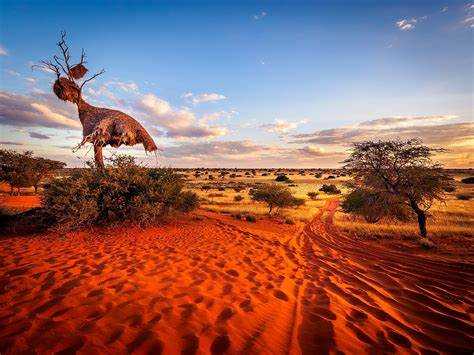
The vast Kalahari Desert covers about 70–80% of Botswana’s landmass; as such, the country has an arid climate. Despite the arid climate, Botswana has made strides in dryland farming techniques and irrigation innovation, helping rural communities boost productivity and food security. The nation has also pioneered innovative water-management strategies, including underground aquifer tapping and sustainable usage policies for its cities and farms.
Free Healthcare and Education

Botswana provides free primary and secondary education, as well as free public healthcare, funded largely by its diamond income.
Botswana’s story is motivated by harmony and vision. It is a land that honors its past while embracing the future, leading the charge in conserving its unique wildlife, fostering knowledge and education of its people, and innovation in technology and governance.

